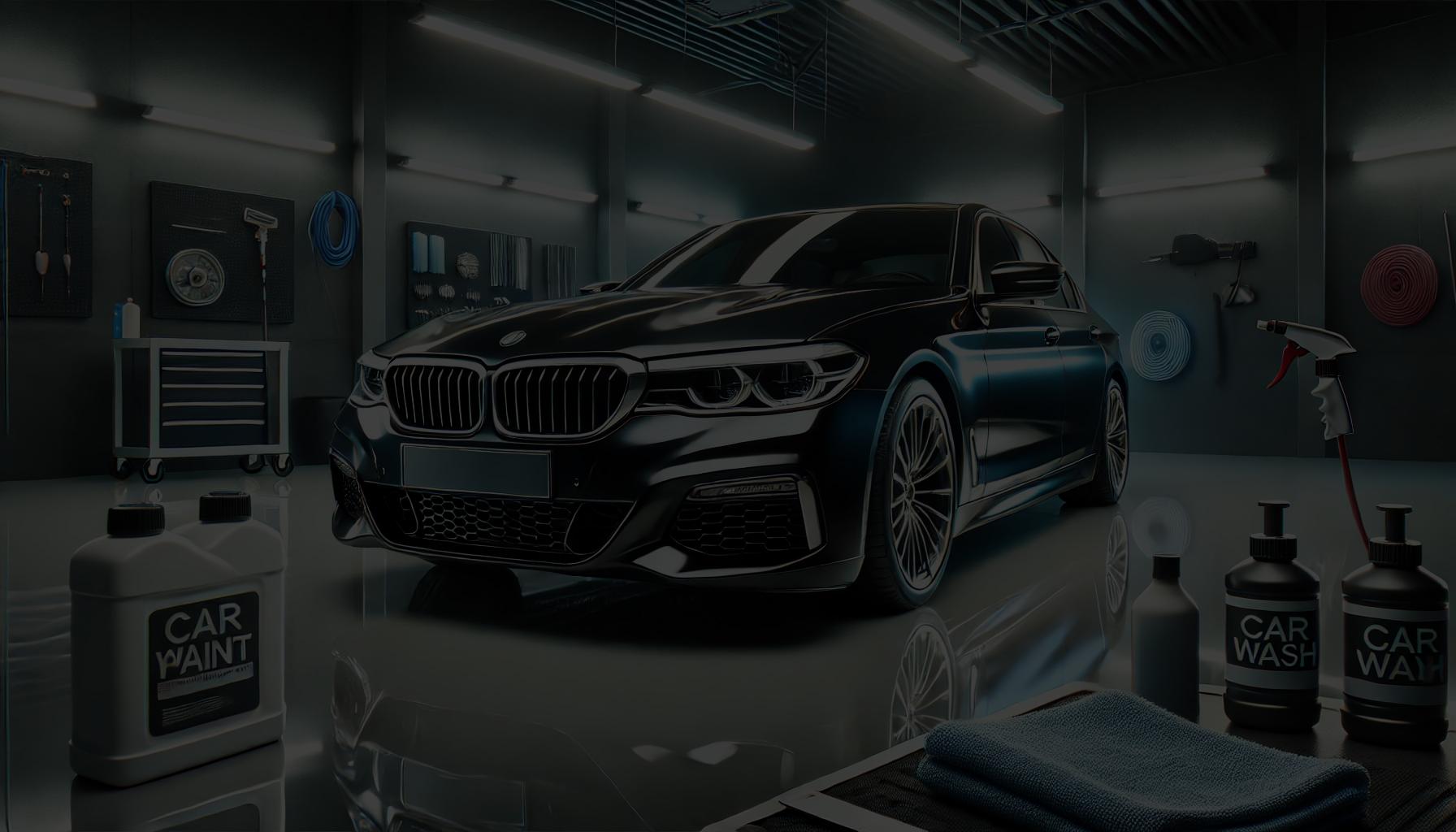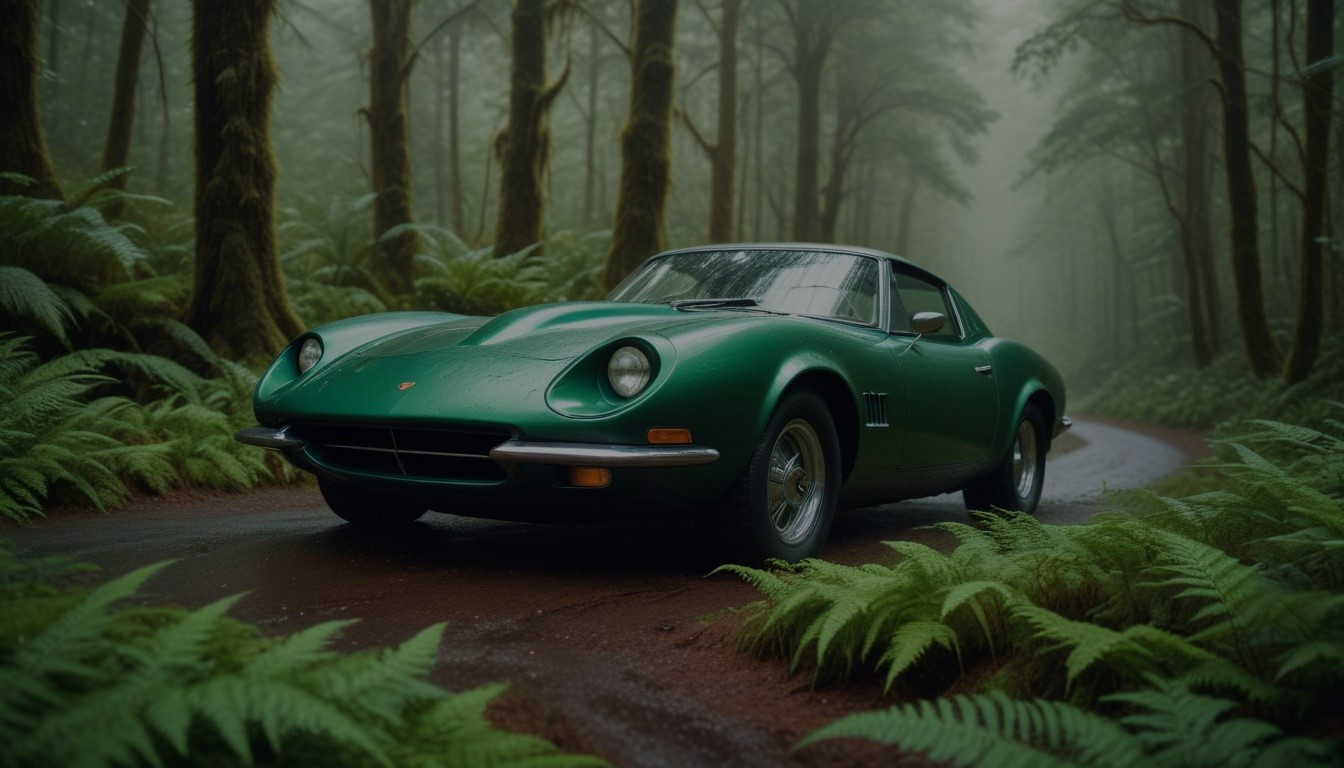Easiest Color to Paint Your Car: A Guide for Beginners
Hey there, future car painting Picasso! If you’re new to the art of car painting, choosing the right color can make your life a whole lot easier. Trust me, not all colors are created equal when it comes to painting cars. Let’s dive into why some colors are your best bet and how to avoid common pitfalls.
Less Technique-Dependent Colors
First things first, dense paints are your new BFFs. Why? Because they don’t highlight every little oopsie you make with the spray nozzle. When you’re still figuring out how to space your strokes just right, solid colors are super forgiving. No big color gradients here to scream "beginner mistake" to everyone who sees your car.
Think about it like this: when you’re painting with a solid color, small variations in your technique are much harder to see. This means you won’t have to stress about getting every stroke perfect. The solid color helps mask those tiny imperfections that would be glaringly obvious with more complex colors. It’s like having a safety net for your paint job.
Say Goodbye to Common Issues
Now, let’s talk about the two big bad wolves of car painting: tiger striping and blotchiness. These nightmares are much more common with metallic paints.
Tiger Striping: This happens when your paint job looks like a zebra because you didn’t cover the area evenly. It can be due to poor distance control or inconsistent spray patterns.
Blotchiness: This makes your paint look patchy and uneven because the metal flakes in metallic paints settle weirdly. Imagine the metallic particles clumping together in certain areas, creating a blotchy effect.
Solid colors, however, don’t show these issues nearly as much. Your paint job will look way more professional even if you’re still getting the hang of things. The metal flakes in metallic paints can pile up in one place, creating an uneven look. This isn’t something you have to worry about with solid colors. With solids, the paint is uniform and doesn’t rely on particles to create its effect.
Easier Touch-Ups and Repairs
Imagine you’ve just finished painting your car, but oops! You notice a tiny imperfection. With solid colors, fixing that little flaw is a piece of cake. You can easily apply additional coats or cover up small imperfections without worrying about the paint looking uneven.
Metallic paints, however, are a different story. Any tiny change in how the metal particles settle can make your touch-up stand out like a sore thumb. This means that even a small repair can end up being a big headache. Stick with solids, and you’ll save yourself a lot of hassle.
When you’re working with solid colors, touch-ups blend in seamlessly. The paint is consistent, so any additional coats will match the rest of the car. Metallic paints can show any change in the orientation of the metal particles, making repairs noticeable. So if you want an easy, stress-free experience, solid colors are the way to go.
The #1 Color For Beginners
Alright, here’s the moment you’ve been waiting for. What color should you go for if you’re just starting out?
White: This color is a godsend for beginners and our #1 pick. It hides defects better and doesn’t show dirt and scuff marks as easily as darker shades. Plus, white is super chic, so your car will look fresh and clean.
Why is white so great? For starters, it’s incredibly forgiving. If you make a small mistake, it won’t stand out as much as it would with a darker color. White also reflects light, which helps conceal imperfections. And let’s not forget, white cars have a timeless, classic look that never goes out of style.
Black: Another option could be black, but I know what you’re thinking – isn’t black harder to keep clean? Sure, it shows dust and scratches more, but it’s a solid color that’s easier to paint evenly than metallic colors. And let’s face it, black cars look sleek and stylish.
Black is a bit of a double-edged sword. On one hand, it does show dirt and scratches more easily. But on the other hand, it’s a solid color that’s easier to work with than metallics. When you’re painting with black, you won’t have to worry about uneven metal flakes ruining your finish. Plus, black cars have a certain elegance that’s hard to beat.
Other Solid Colors: Any solid, non-metallic color will work. Think red, blue, green – the sky's the limit! Just make sure to avoid metallic flakes or effects, and you’ll be golden.
Let’s break it down. Solid colors like red, blue, and green are all great choices for beginners. They offer the same benefits as white and black – they’re easier to apply evenly and don’t highlight imperfections as much. Plus, they give you a chance to show off your personality. Whether you want a bold red, a cool blue, or a vibrant green, you can’t go wrong with a solid color.
Pro Tips for a Flawless Paint Job
Now that you know which colors are easiest to work with, let’s talk about some pro tips to help you nail that paint job.
Prep Work is Key: Before you start painting, make sure your car is clean and free of any dirt or debris. This will help the paint adhere better and give you a smoother finish. Sand down any rough spots and apply a primer to ensure the paint goes on evenly.
Practice Your Technique: If you’re new to painting, practice on a scrap piece of metal or an old panel before you tackle your car. This will help you get a feel for the spray nozzle and perfect your technique.
Take Your Time: Don’t rush the process. Apply multiple thin coats of paint rather than one thick coat. This will help prevent runs and drips, giving you a more professional-looking finish.
Maintain the Right Distance: Keep the spray nozzle at a consistent distance from the surface of the car. This will help you achieve even coverage and avoid tiger striping.
Use Good Lighting: Make sure you’re working in a well-lit area. Good lighting will help you see any imperfections and ensure you’re getting even coverage.
Stay Consistent: Whether you’re painting with a solid color or a metallic, consistency is key. Keep your strokes even and maintain a steady pace to avoid uneven coverage.
Don’t Forget the Clear Coat: After you’ve applied your color coats, finish with a clear coat to protect the paint and give it a glossy finish. This will help your paint job last longer and look better.
Final Thoughts
Painting your car can be a fun and rewarding project, especially if you choose the right color. By sticking with solid colors like white, black, and other non-metallic shades, you’ll make the process much easier and avoid common mistakes. Remember, practice makes perfect, so take your time and enjoy the journey.
So there you have it! Stick with these beginner-friendly colors and you’ll be on your way to a flawless paint job. Happy painting!


